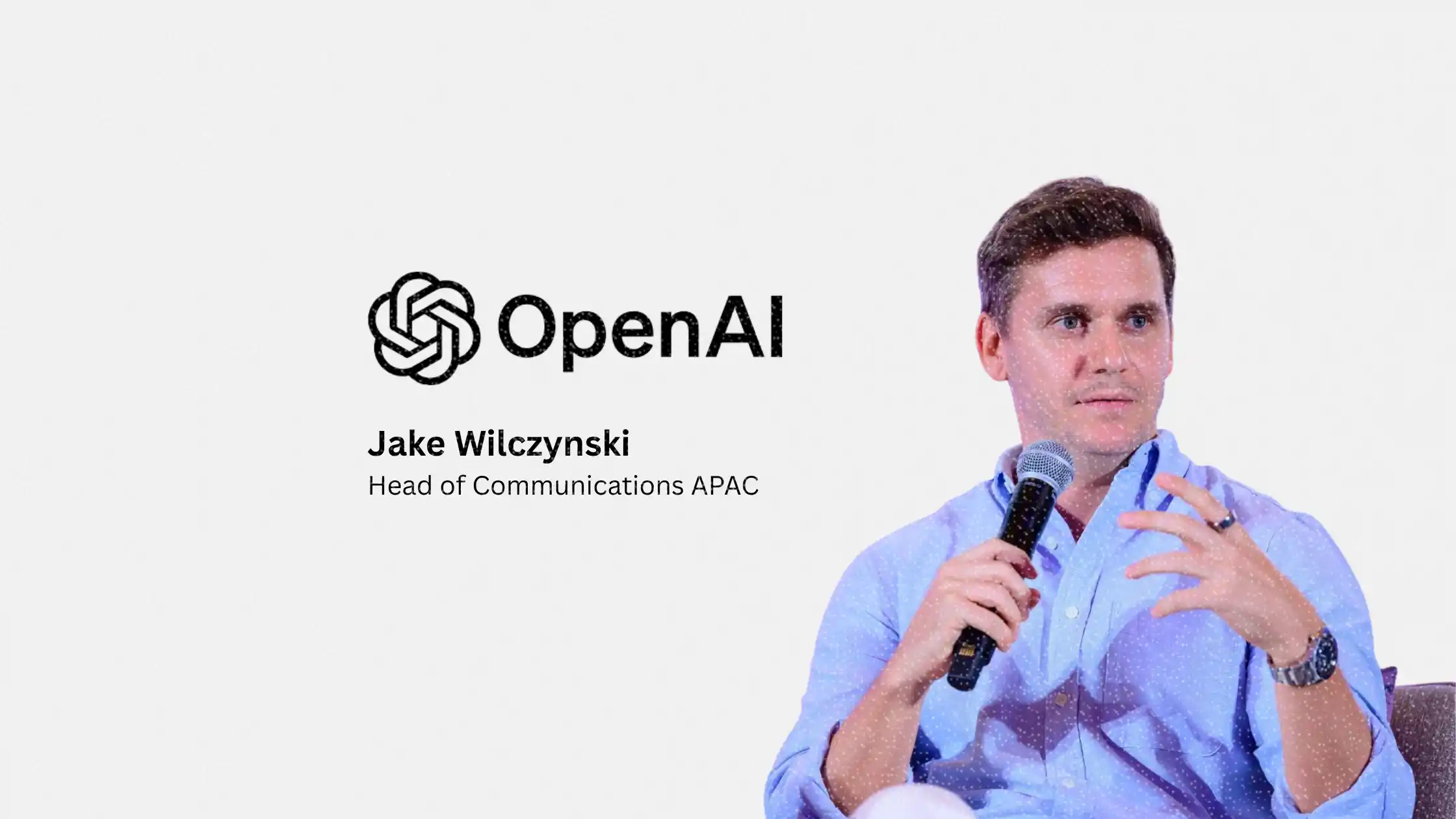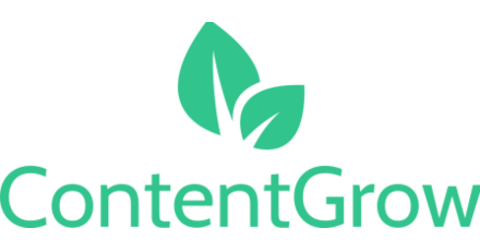How OpenAI’s comms lead uses ChatGPT as a strategic partner
What OpenAI’s APAC comms lead reveals about AI, brand storytelling, and staying ahead

OpenAI may be one of the most watched companies in tech, but internally, it still operates more like a startup. That’s the message from James Wilczynski, OpenAI’s first Communications Director based outside the US, as he lifted the curtain on how the company navigates PR, storytelling, and trust at the recent PR Asia conference in Singapore.
This article explores how OpenAI balances reactive media relations with proactive narratives, why trust is core to its strategy, and how Wilczynski uses ChatGPT not just for output but as a genuine thought partner.
For marketers and comms professionals facing similar pressures in high-speed environments, there are takeaways worth unpacking.
Short on time?
Here is a table of content for quick access:
- ChatGPT isn’t just for outputs, it’s a thought partner
- Why trust and transparency still matter, maybe more than ever
- Comms at the speed of AI: balancing reactive with proactive
- What marketers should take from OpenAI’s playbook

ChatGPT isn't just for outputs, it's a thought partner
One of Wilczynski’s main messages during a fireside session at MARKETING-INTERACTIVE’s PR Asia conference in Singapore was to stop thinking of ChatGPT as just a time-saving hack. Instead, he treats it as a collaborator for brainstorming, writing, and strategic thinking. His team uses ChatGPT to summarize inboxes, workshop content, and even prep for journalist meetings by identifying likely angles based on a reporter’s past articles.
He likens it to having a research assistant that gets smarter over time.
“I’ve spent a lot of time teaching ChatGPT to write in the way I like. It doesn’t get it perfect every time, but we’re now at a point where I have to do less back-and-forth.”
Marketers using generative AI for surface-level content might be missing the deeper utility. It’s not about copying and pasting responses, it’s about co-creating smarter, faster, and with more context.
Why trust and transparency still matter, maybe more than ever
Wilczynski didn’t shy away from the trust issue. With 700 million weekly users, ChatGPT is no longer a novelty. It’s embedded in personal and professional workflows. People are asking it for health advice, work decisions, and highly sensitive queries.
That shift puts even more pressure on AI companies to earn and maintain trust.
“Trust is a word we use a lot in comms, and it can be a little overused. But when it comes to AI, it really is foundational.”
For marketers, that’s familiar terrain. As consumer expectations rise, the challenge becomes walking the line between automation and authenticity, especially when using AI tools in public-facing work.
Comms at the speed of AI: balancing reactive with proactive
Despite OpenAI’s scale and visibility, the comms team is still small — just 15 people globally. That scrappy setup means everyone’s doing a bit of everything, including Wilczynski himself.
“I still write press releases. I still write briefing documents,” he said. “We have to stay super curious, super adaptable.”
He describes the constant tension between responding to hundreds of media inquiries and proactively shaping narratives. That balance is key for any brand navigating fast-moving public discourse and intense scrutiny.
Interestingly, OpenAI seems to be expanding its marketing muscle too. Media reports suggest a “ChatGPT Growth team” is forming, possibly signaling a shift toward building internal ad tools and attribution systems. Though the job listing appears to have been pulled, the intent shows a growing interest in formal marketing infrastructure.
What marketers should take from OpenAI's playbook
Here are some key takeaways marketers and PR pros can adapt from Wilczynski’s approach:
1. Treat AI as a partner, not a shortcut
Avoid using AI tools as one-shot content generators. Instead, build a working rhythm with tools like ChatGPT. Edit its outputs, give feedback, and teach it your tone. You’ll get better results and stronger alignment over time.
2. Build for trust at every touchpoint
If your audience uses AI for personal or professional decisions, transparency isn’t optional. Be upfront about how you’re using tools in your campaigns, and always keep human oversight in the loop.
3. Balance reactive hustle with proactive storytelling
It’s easy to get lost in reactive comms. Block time and resources for narrative-building and brand-led storytelling. These efforts create long-term equity beyond the daily news cycle.
4. Curiosity is a competitive advantage
You don’t need to be a technical expert to lead in this space, but you do need to ask smart questions. Be the person who digs in, asks “why,” and stays ahead of both tech trends and cultural shifts.
Wilczynski’s fireside chat offers a rare inside look at how a top-tier AI company handles comms under pressure. From using ChatGPT as a strategic copilot to juggling startup realities with global scrutiny, OpenAI’s playbook blends adaptability, trust, and tech fluency.
For marketing and PR professionals, the lesson is clear: stay curious, stay agile, and treat AI as a collaborator, not a crutch.




